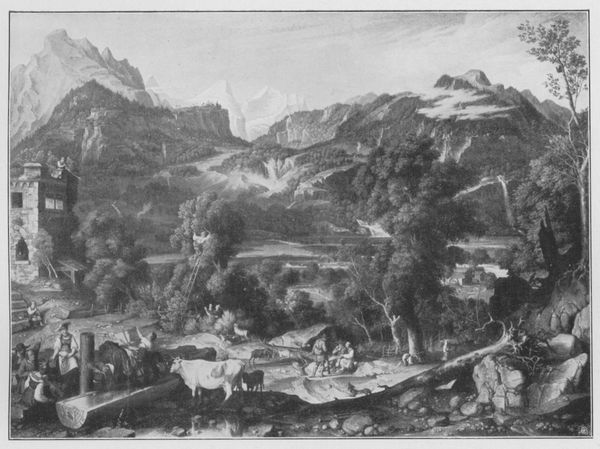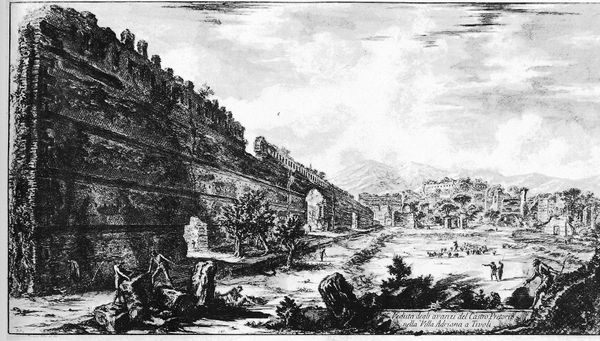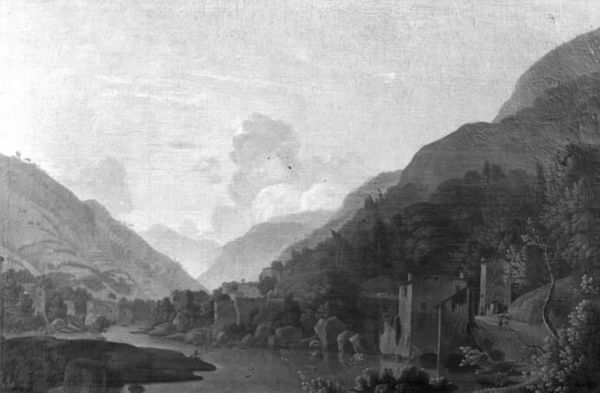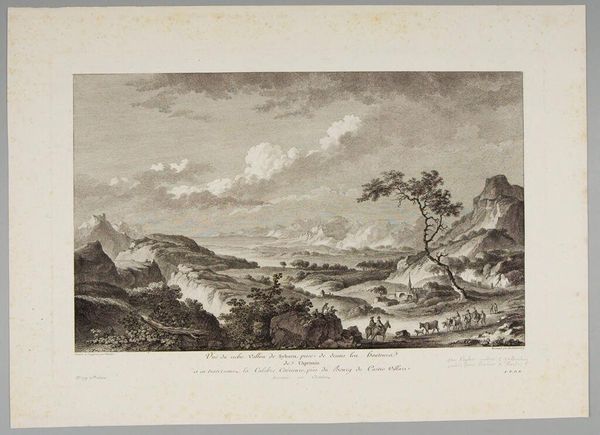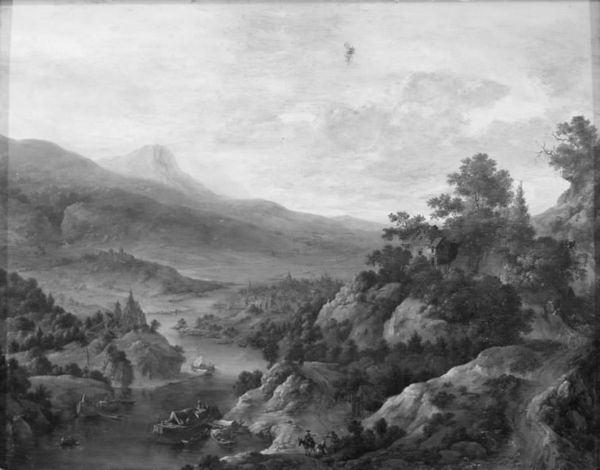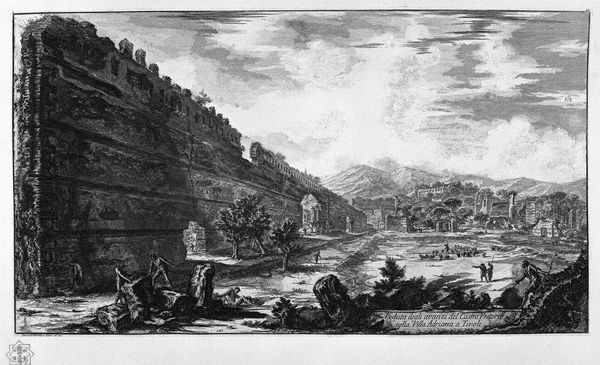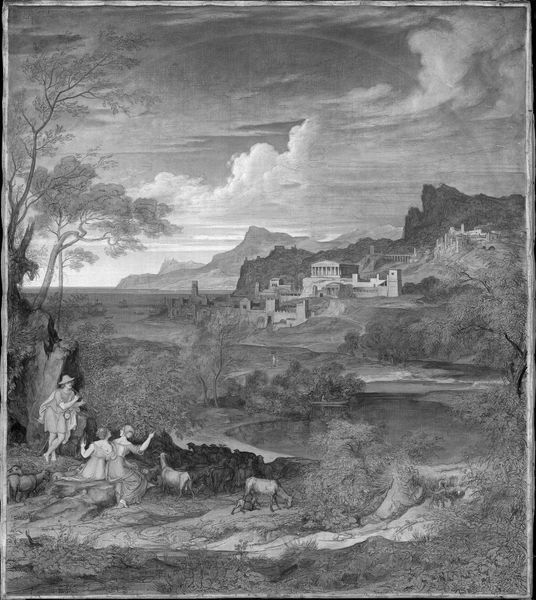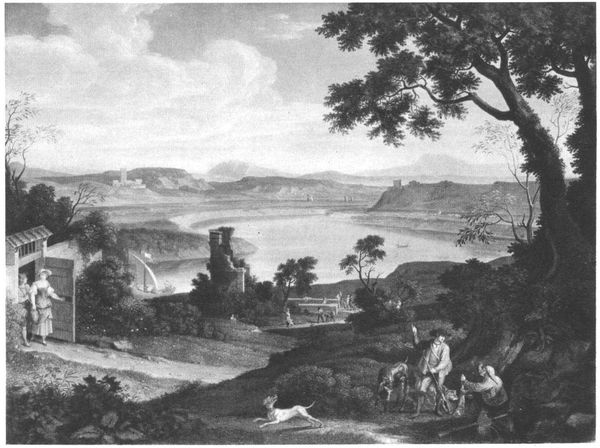
drawing, pencil
#
drawing
#
landscape
#
charcoal drawing
#
romanticism
#
mountain
#
pencil
#
cityscape
Dimensions: 53 x 59 cm
Copyright: Public domain
Curator: Before us is "Berner Oberland," a drawing by Joseph Anton Koch, completed around 1816. Made with pencil and charcoal, it beautifully captures a tranquil landscape in Switzerland. Editor: My immediate reaction is a feeling of serenity. The contrast between the detailed foreground and the softer, hazy mountains in the distance is quite striking. Curator: Yes, there’s a deliberate layering, a careful construction. The mountainscape looming behind the idyllic village creates a juxtaposition of the sublime and the everyday. Do you get a sense of cultural continuity from this depiction? Editor: Absolutely. The mountains aren't just geological forms, they symbolize the endurance of nature. Note how Koch uses horizontal and vertical lines to create a grid that structures our reading of the image. Semiotically speaking, these natural lines signify stability and the relationship of man to nature. Curator: Precisely! These mountain images are enduring emblems of the Swiss identity, harking back to the ideals of Romanticism where nature mirrored inner emotions. Look closer and one notices the presence of a herdsman; a recurring image which symbolizes the traditional way of life, far removed from urbanization and closer to simple existence. This also calls forth the image of the Good Shepherd; a very old symbol in art history. Editor: I see the shepherd you are referring to and I agree that he adds a layer of human dimension. Although his shape is much simpler as opposed to other pictorial forms around, that almost throws a greater importance on him, thus stressing your initial impression regarding human nature co-existing. This man and his herd become points on Koch's personal visual matrix. Curator: The very inclusion of this symbol against the vista, the city and imposing mountains establishes a tension between the mundane and eternal, the human scale against nature’s grand theatre. Even the livestock takes on symbolic weight – representing the self-sufficiency and traditional lifestyle celebrated in Koch's vision of Switzerland. Editor: From a formal viewpoint, the composition, despite its details, maintains a geometric rigor, dividing the work horizontally between earthly plane, human world and mountain backdrop and establishing this almost geometric perfection you allude to. I note too the moon crescent. What do you make of it? Curator: The moon, ever-present even in daylight, holds varied interpretations, perhaps representing time's passage, reflecting on the constant renewal amidst the seeming permanency of the mountains, or possibly, it hints at cycles, reminding us about the interconnection between heaven and earth within the pictorial narrative. Editor: So many visual strategies to convey such meaning and invite contemplative examination of the subject depicted! Koch has really composed both a detailed but serene vision of time, culture, geography and humanity.
Comments
No comments
Be the first to comment and join the conversation on the ultimate creative platform.
